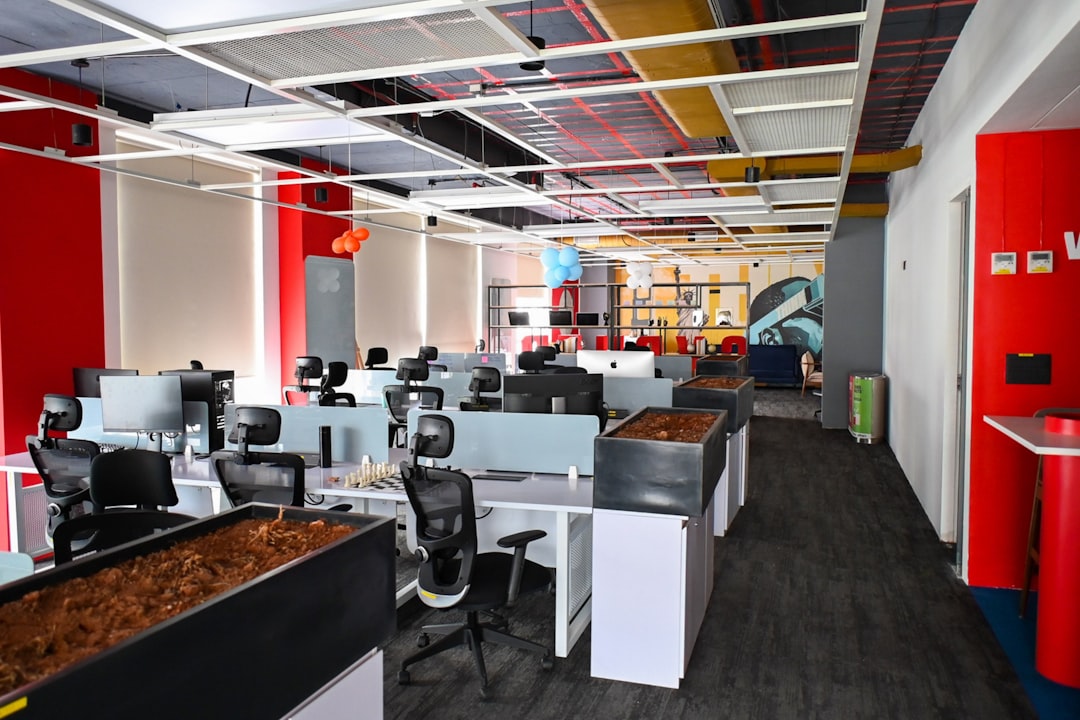As a recruiter, you play a vital role in ensuring a smooth and successful onboarding process.
In the competitive IT industry, a well-executed onboarding experience can make a significant difference for both employers and new hires.
Let's dive in and explore how you can optimise your onboarding strategy and create a positive impact on your organisation.
Preparing for Onboarding
Before the new hire's first day, it's essential to collaborate closely with hiring managers and HR to understand the specific needs of the IT roles you are recruiting for.
Each position might require distinct technical skills and domain knowledge.
Tailoring onboarding programs to address these differences will ensure that new hires receive the relevant training they need from the start.
For example, if you're hiring a cybersecurity specialist, their onboarding program should include sessions on security protocols, threat detection tools, and best practices to ensure data protection.
On the other hand, a software developer's onboarding might focus on codebase familiarisation and understanding the development process.
Furthermore, understanding your company's culture and values helps you align the onboarding process with the broader organisational goals.
This alignment fosters a sense of belonging and ensures that new IT professionals share the same vision as the company.
Creating a Comprehensive Onboarding Plan
To make onboarding successful, set clear objectives and goals for the process.
Outline what you expect new hires to achieve within their initial weeks or months.
Having measurable objectives will help you track progress and identify areas for improvement.
Develop a structured onboarding timeline, covering the first day, first week, and first month.
For example, on the first day, greet the new hire warmly and have an orientation session to introduce them to the company's history, mission, and values.
The first week could focus on technical training and meeting the team, while the first month might include more in-depth project involvement and training.
Engaging New Hires before Their First Day
Create excitement and anticipation for the new job by sending a welcome email that includes pre-boarding materials.
These materials might include a welcome video from the team, an overview of the company's culture, and some fun facts about the workplace.
Encourage new hires to reach out to their future colleagues through email or social media to begin building connections before their start date.
Day One: Making a Memorable First Impression
On the new hire's first day, ensure a seamless arrival by providing a clear agenda and instructions for their arrival.
Have a designated person or buddy to welcome and accompany them throughout the day.
Kick off with an orientation session where they meet the company's leadership team and key stakeholders.
Ensure all necessary paperwork and logistics are taken care of in advance, so the new hire can focus on getting to know the company and their team.
Technical Onboarding and Skill Development
Technical onboarding is a critical component for IT professionals.
Assess their skill level and identify any training needs.
Provide access to IT systems and tools promptly, and implement on-the-job training and mentoring programs.
For instance, if you've recruited a data scientist, offer them access to data analytics tools, and schedule training sessions on data processing and analysis.
For a network engineer, provide access to network management software and set up training sessions on network troubleshooting and optimisation.
Fostering Integration and Team Building
Encourage collaboration and communication from the very beginning. Organise team-building activities and social events, both in-person and virtual, to facilitate bonding among team members.
These activities can include team lunches, hackathons, or team-building games.
Additionally, promoting cross-functional networking opportunities will help new IT professionals understand how their work aligns with other departments and foster a sense of interconnectedness within the organisation.
Monitoring Progress and Providing Feedback
Regular check-ins with the new hire and their manager are essential to assess their progress and address any challenges.
Creating an environment where feedback is encouraged and acted upon helps improve the onboarding process continuously.
Set up feedback surveys to collect insights from new hires about their onboarding experience.
Act upon their feedback to refine and enhance the onboarding process for future recruits.
Leveraging Technology for Onboarding Success
Utilise digital tools and platforms to streamline the onboarding process.
Online learning platforms can provide IT professionals with self-paced learning modules and resources.
Gamify certain aspects of the onboarding process to make it engaging and interactive.
Continuous Improvement and Evaluation
Analyse onboarding metrics and effectiveness regularly to identify areas for improvement.
Gather feedback from hiring managers and current employees to get a comprehensive view of the onboarding experience.
Remember, a positive onboarding experience leads to higher employee satisfaction and, ultimately, higher retention rates.
By refining and iterating your onboarding process, you contribute to the long-term success of your organisation and create a reputation as a desirable employer in the competitive IT industry.
Retaining IT Talent through Effective Onboarding
Investing in effective onboarding pays off in the long run.
A successful onboarding experience fosters a strong employer brand, encouraging current employees to recommend the organisation to their professional network.
Word-of-mouth recruitment from satisfied employees can attract top IT talent, further enhancing your talent pool.
Conclusion
As a recruiter, you are at the forefront of ensuring a seamless and engaging onboarding experience for IT professionals.
By preparing meticulously, creating a structured onboarding plan, and leveraging technology, you can make a lasting impact on your new hires and your organisation as a whole.
Remember, effective onboarding not only leads to employee satisfaction and retention but also helps build a resilient and thriving IT team capable of driving innovation and success in the ever-evolving tech landscape.

















